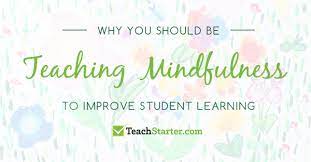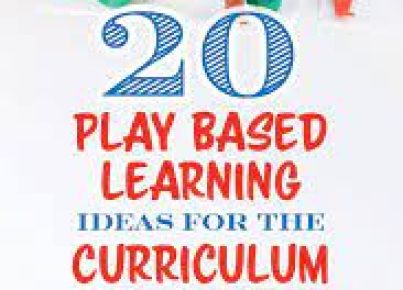In recent years, educators and researchers have become increasingly interested in the role of mindfulness in the academic environment. Mindfulness – a form of meditation that encourages individuals to focus their attention on the present moment, acknowledging and accepting thoughts and sensations without judgment – has shown promise as a tool for enhancing students’ learning experiences in schools across the United States.
But why mindfulness, and why now? The modern educational landscape is rife with distractions: social media, smartphones, and ever-mounting academic pressures vie for students’ attention. Amidst this cacophony, mindfulness offers a quiet space for students to breathe and refocus. Studies have suggested that when students regularly practice mindfulness, they may experience numerous benefits including improved attention, decreased stress levels, better emotional regulation, increased empathy and self-esteem, and even greater academic achievement.
Furthermore, mindfulness can be particularly beneficial in classroom settings. Teachers trained in mindfulness strategies can lead short sessions at the beginning of class or during transition periods. This doesn’t just benefit the students; teachers practicing mindfulness report lower levels of burnout and higher job satisfaction. It’s a positive feedback loop where decreased teacher stress can contribute to a more relaxed learning environment, further benefiting the students.
Yet teaching mindfulness is not without its challenges. Integrating mindfulness into a curriculum often requires additional training for teachers, a as well as buy-in from parents and school administrators. Moreover, it’s essential that mindfulness exercises be presented in an accessible way that resonates with students from diverse backgrounds.
Despite these challenges, promising practices are emerging throughout US schools. For example:
– Mindful Moments: Some schools start each day or class with a minute of mindfulness exercises to help center the students.
– Integrative Curriculum: In some cases, mindfulness is woven into lessons on subjects ranging from literature to social studies.
– After-School Programs: Mindfulness clubs or activities provide interested students an opportunity to delve deeper into the practice.
Research into how teaching mindfulness can enhance learning is still evolving. Preliminary findings suggest that its implementation can mitigate some of the adverse effects stress has on cognitive processes like attention and memory. As such evidence mounts and practices spread, we may see mindfulness become as fundamental to education as homework and high-stakes testing once were.
In conclusion, by fostering an environment where students can cultivate awareness and presence of mind, US schools are not just teaching math or science—they’re also equipping young people with essential skills to navigate an increasingly complex world with resilience and clarity. The pursuit is noble: create not just better learners but also more mindful individuals who contribute positively to society at large. Such efforts sow seeds for a future where education is not merely about filling minds but nourishing them too.





